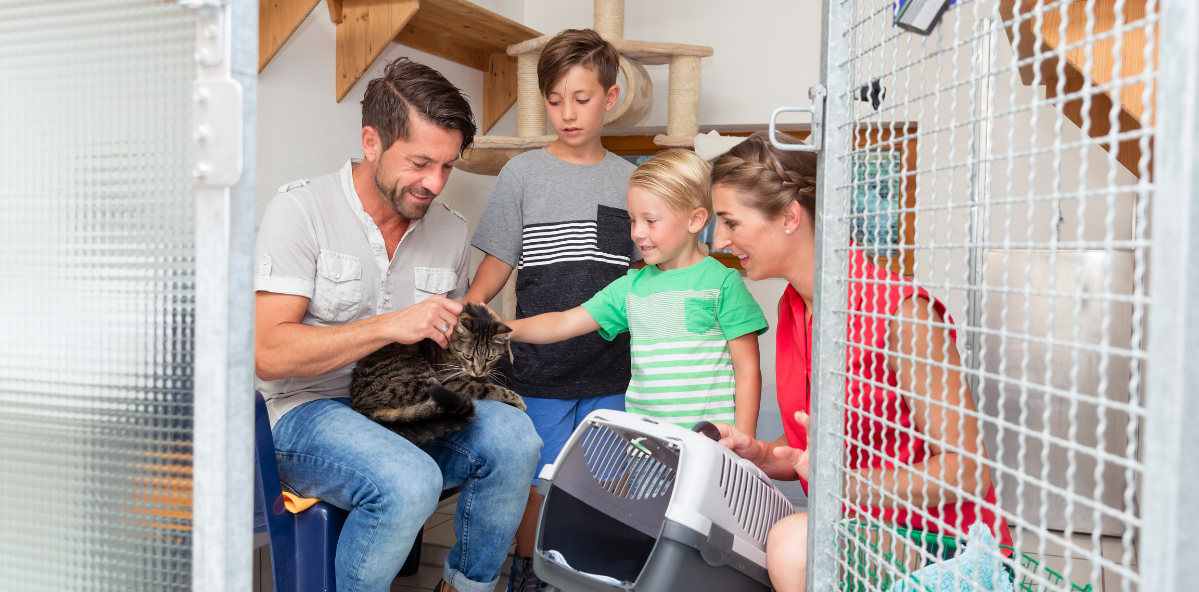
It’s time to take your pup’s poop seriously. Stools come in various colors, consistency, and with different contents. But, what your pup produces can actually tell you a lot about what’s going on inside their body — if you know what to look for!
The color of your dog’s doo is often the first sign that something isn’t quite right. Normal, healthy poops can range from light to dark brown and an occasional off-color poo isn’t always a sign of sickness. Make it a habit to regularly notice the color of your pups’ stools to establish what’s “normal” for your dog. If sudden or drastic color changes last longer than a poo or two, call your vet.
Besides color, the consistency of your dog’s poop can be an important indicator of underlying health concerns. An occasional abnormal consistency should not be cause for concern, but if anything besides a normal, firm, brown stool persists for more than a couple of days, consult your veterinarian to rule out illness, injury, or infection.
Occasionally, you may see substances, particles, or bits of things that don’t belong in your pooch’s poo. While spotting unusual specks or odd objects in your pup’s poop isn’t always an emergency, sometimes a visit to your vet is in order.

The color of your dog’s doo is often the first sign that something isn’t quite right. Normal, healthy poops can range from light to dark brown and an occasional off-color poo isn’t always a sign of sickness. Make it a habit to regularly notice the color of your pups’ stools to establish what’s “normal” for your dog. If sudden or drastic color changes last longer than a poo or two, call your vet.
Brown Poop: It’s normal for your dog’s doody to vary between shades of light to dark brown and the change is largely dependent on diet.
White Poop: Dogs fed a raw diet may notice their dog’s poo turns white about a day after passing it. But, poop that appears white as it exits the body could indicate your dog is getting too much calcium and a dietary change is needed.
Green Poop: Green poops can happen for a number of reasons — some harmless and others that are very serious. If poop is green, but otherwise normal, it’s usually a result of artificial food coloring or chlorophyll from grass or leaves, simply passing through the intestines. If it’s unusually soft, watery, mucousy, or happens more than once, see your vet.
Gray Poop: Gray and greasy-looking stools could be a sign that there’s too much fat in your dog’s diet. Talk to your veterinarian and consider cutting back on high-fat foods in your dog’s diet.
Red Poop: Red, much like green poop, can be a sign of something innocuous or it could be an early indicator of a serious health concern. When blood is present in your dog’s stool, don’t panic, but always contact your vet.
Black Poop: Black, tarry stools can be cause for serious concern. Unlike red blood, which is produced from the lower intestinal tract or anus, black poop may indicate bleeding in the stomach or small intestines. The black color is a result of passing through your dog’s digestive system. Schedule a vet visit as soon as possible.
Besides color, the consistency of your dog’s poop can be an important indicator of underlying health concerns. An occasional abnormal consistency should not be cause for concern, but if anything besides a normal, firm, brown stool persists for more than a couple of days, consult your veterinarian to rule out illness, injury, or infection.
Hard, Dry Pellets: Small, hard, pellet-like poops are a sign of constipation. This could be a result of not drinking enough water or of having too much or too little fiber in their diet. If these poops persist, contact your veterinarian.
Firm and Moist: Congratulations! a firm, moist log-shaped stool (or stool segments) is the ideal poop! It should be easy to pick up and bag without losing its shape and shouldn’t be overly smelly.
Large, Soft, and Smelly: While extra large, somewhat soft piles of poo aren’t generally serious, they could indicate that a change in diet is in order. Talk to your vet about your dog’s food and whether he’s getting the right nutrients and that they’re being absorbed.
Very Soft, Shapeless: When your dog’s poop becomes too soft and can’t retain its shape, it could indicate tummy troubles for your dog. Soft poops are common after a diet change or if your dog has indulged in too many treats. If very soft stools persist for more than a couple of days, discuss the problem with your vet.
Watery, Runny: Diarrhea can be a sign of illness, infection, or an etremely stressed out pooch. Any instances of watery, runny poop should be monitored closely as left untreated, can quickly lead to dehydration. If diarrhea lasts more than a day, consult your veterinarian to determine a course of action.
Combination Poo: Once in a while, you may notice a poo that’s normal on one end and a soft, runny mess on the other. An occasional combination poo isn’t cause for concern, but regularly inconsistent poops should be discussed at your next vet appointment.
Occasionally, you may see substances, particles, or bits of things that don’t belong in your pooch’s poo. While spotting unusual specks or odd objects in your pup’s poop isn’t always an emergency, sometimes a visit to your vet is in order.
Foreign Objects: If you have a particularly curious pup, you may find the occasional foreign object in his poop. Bits of toys, fluffy stuffing, strings, bits of grass, the toe of your missing sock... If you find foreign objects in your dog’s doo, monitor them closely for health and behavioral changes to ensure no intestinal blockage or toxicity has occurred. And, take steps to prevent future ingestion of forbidden objects.
Mucus: A small amount of mucus in your pup’s poo isn’t usually cause for concern. But, if stools are consistently or excessively mucousy, it should be addressed with your vet. Sometimes, adding probiotics or fiber to your dog’s diet will help while instances of infection could require medical intervention.
White Specks or Worms: If you notice small, white specks that look like grains of rice, or spaghetti-like strings in your dog’s stool, it’s time to bag up the poop and bring it with you to the vet. Usually a round of dewormer will clear up the infection. While you’re at the vet’s office, talk to them about parasite prevention.
Being aware of what is a normal poop for your dog, and regularly checking his stool for any deviation in color, consistency, and contents is as crucial as having a first-aid kit on hand for emergency situations. Make assessing your pooch’s poop for health a part of your daily routine.
And as always, when in doubt, call your vet!
Sources:
https://www.akc.org/expert-advice/health/dogs-poop-says-health/
https://outwardhound.com/furtropolis/health-wellness/healthy-dog-poop-chart
https://www.petmd.com/dog/care/how-should-my-dogs-poop-look
https://emergencyvetsusa.com/dog-poop-color-chart/
https://www.k9ofmine.com/what-dogs-poop-color-means/


9 Essential Products For Your New Puppy
Life with a new puppy is so exciting.Be ready to welcome them into your home to make the process easier for everyone. It is like bringing a baby home, you must be physically and mentally prepared to make it a joyful experience.

Chances are that if you’re adopting a new cat, you want everything to be just right for your new furry friend. From food choices to scratching posts, you have many different choices to make and it can all feel overwhelming!